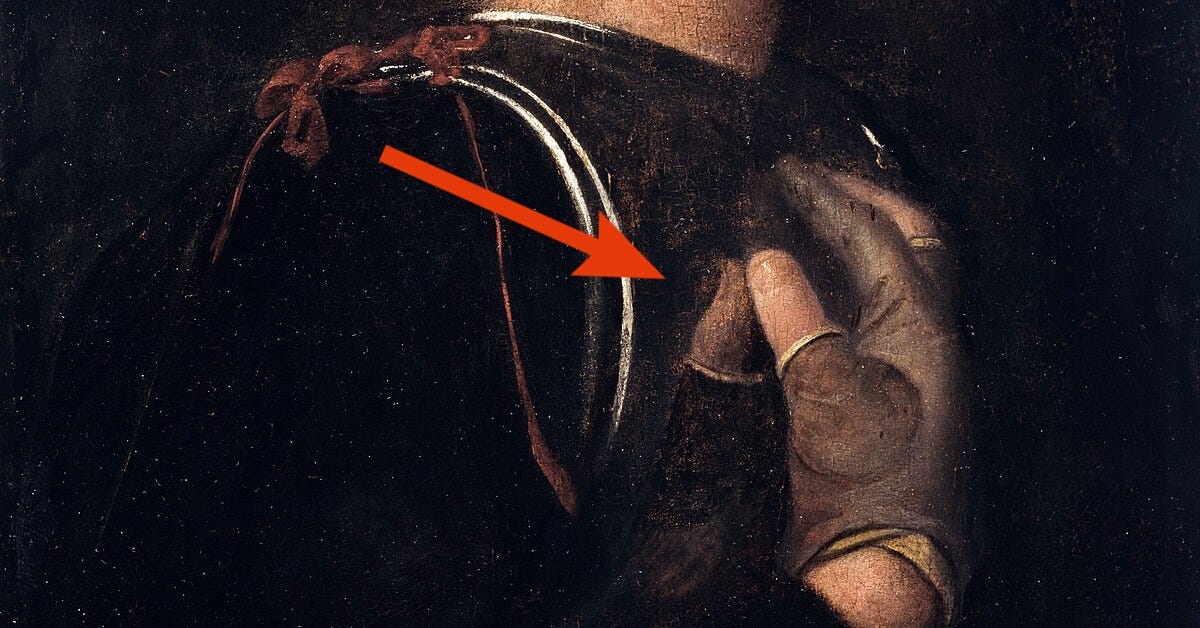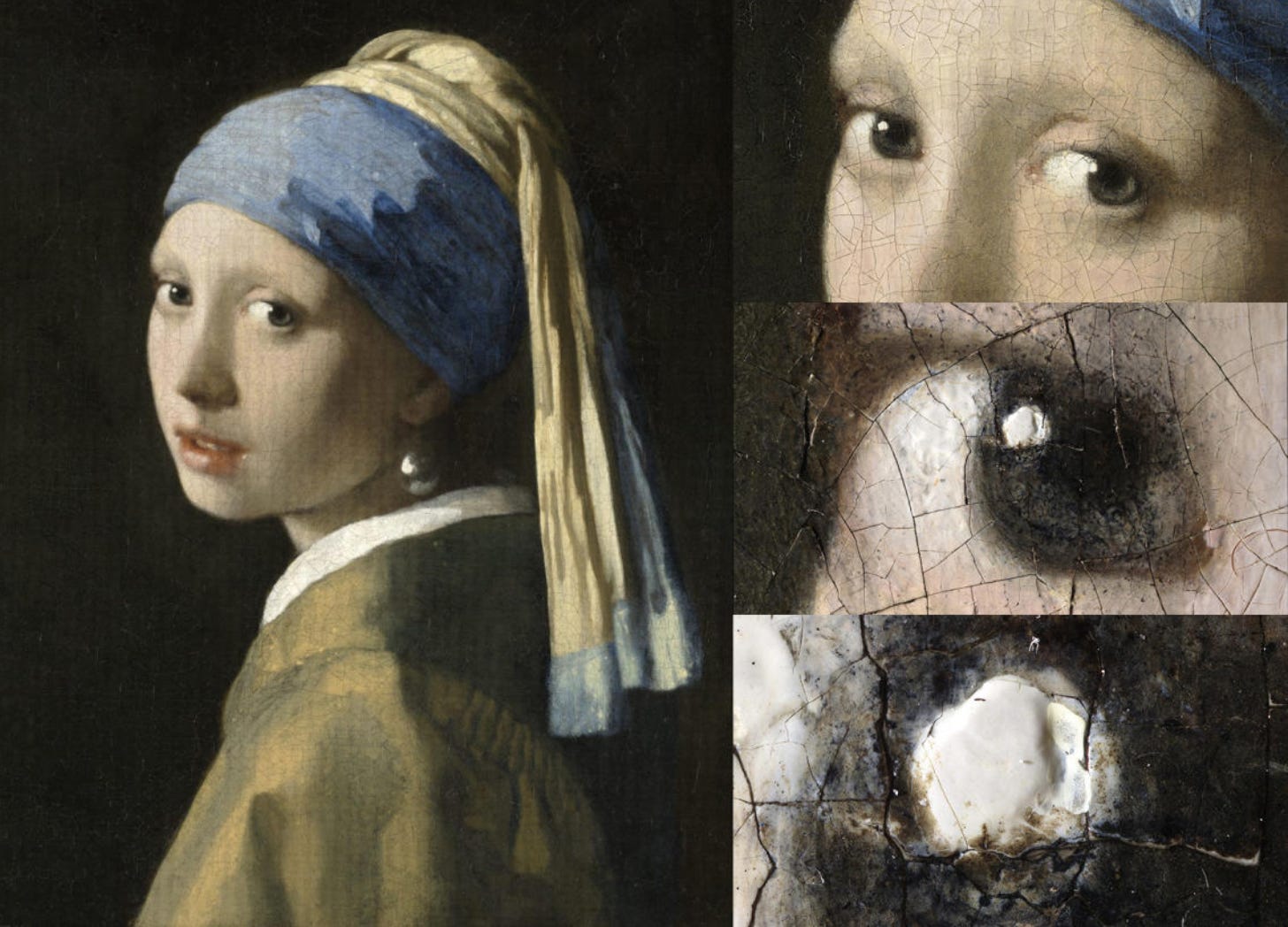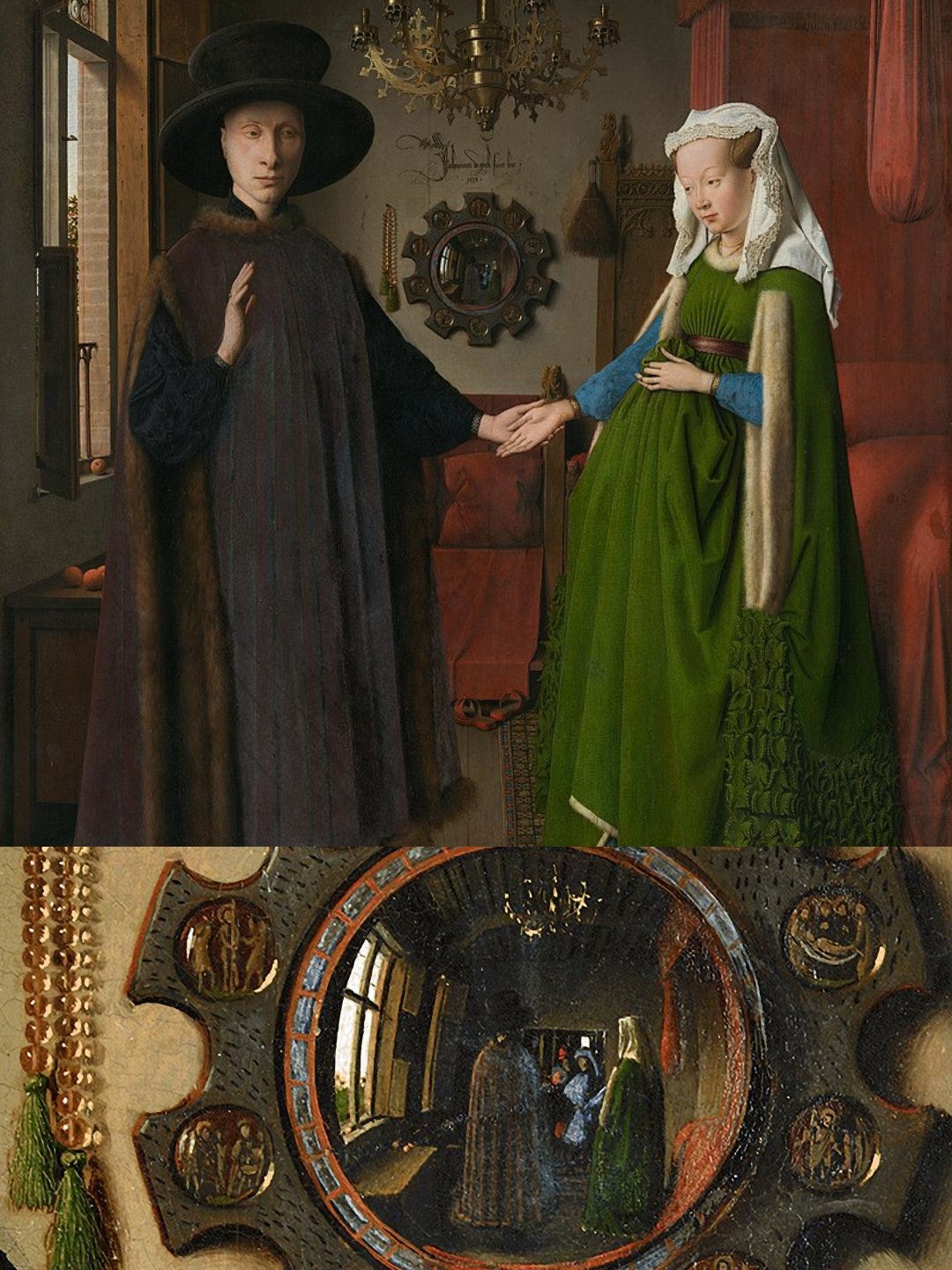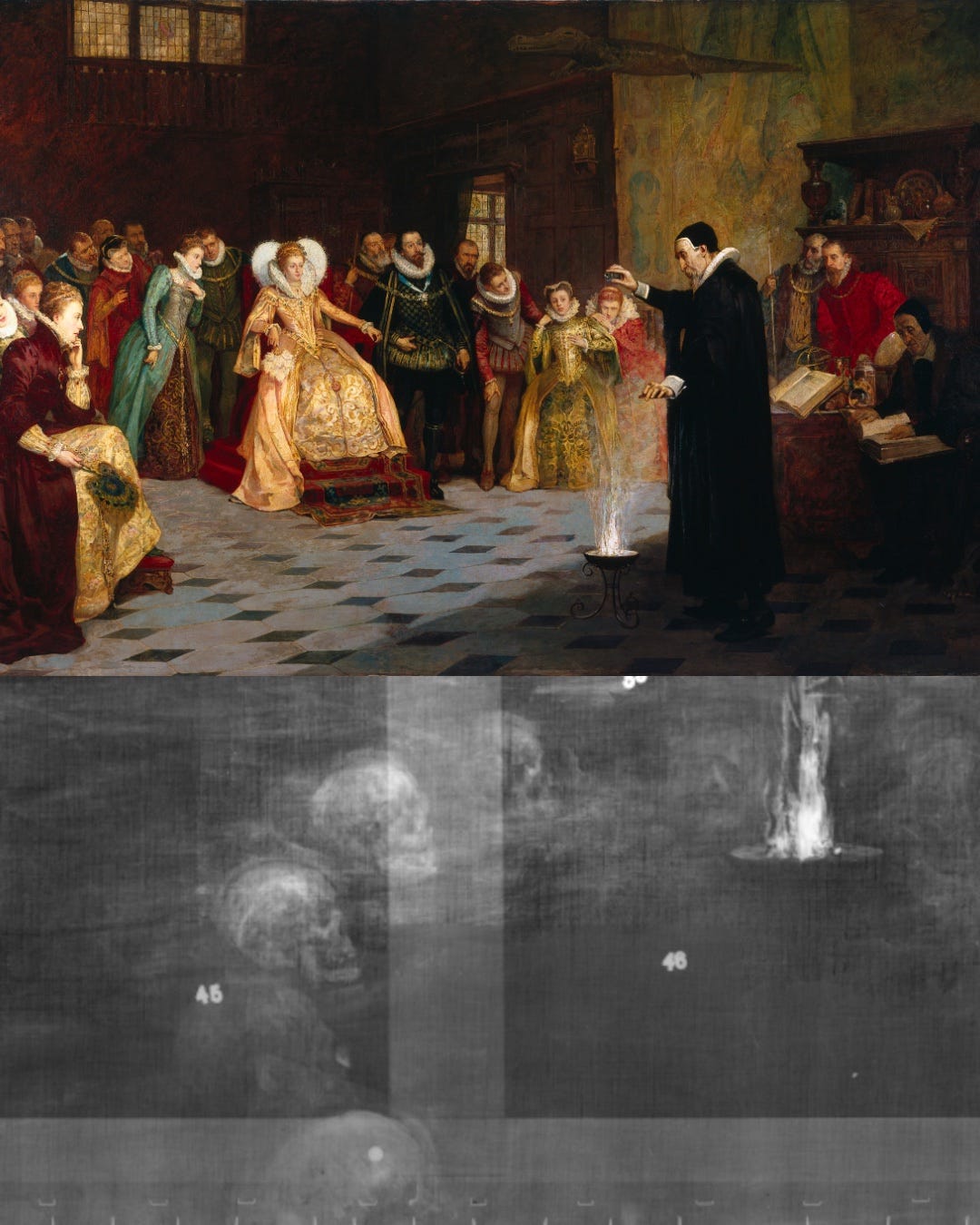The Unreal Details of Mind-Bending Paintings
5 unbelievable pieces that will mess with your mind...
As the Roman general and poet Quintus Cornificius once said:
A picture is a poem without words.
There’s a fine line between strange and surreal. The former merely surprises; the latter poetically unsettles, because it knows exactly what it’s doing.
And this is precisely the kind of art you're about to encounter...
Reminder: this is an entirely reader-supported publication focused on spreading beauty.
Upgrade your subscription for just a few dollars a month to support our mission and access members-only articles 👇🏻
In an era dominated by digital illusion, where reality can be filtered, edited, and rendered in seconds, we have become accustomed to the surreal.
And yet, there are centuries-old artworks that continue to defy our expectations. Paintings that don’t simply challenge our sense of sight, but our very perception of reality itself.
To question what’s real, we must first learn to look closer…
The Sublime Intersection of Illusion and Truth
Think about it: at its best, painting is an act of beautiful trickery — inviting the viewer to accept as real the shadows, light, and texture that exist only through the artist’s vision.

In this context, detail is not mere decoration. In the hands of a true master, detail becomes metaphysical.
A simple shadow that embodies the meaning of the subject. A secret layer invisible to the eye. A splash of paint that breathes life into the entire composition. These quiet revelations remind us that, at its highest form, painting is not an imitation of the world… it is a challenge to it.
And mastery doesn’t always mean clarity. Sometimes, it lies hidden in obscure details so beautifully subtle that they become sublime:
Trifles make perfection, and perfection is no trifle.
To truly appreciate this level of artistry, you must slow down. The more you cultivate your focus, the more these works will reveal themselves to you. After all, as Nietzsche put it, "the voice of beauty speaks softly; it creeps only into the most fully awakened souls".
And I'm not overstating it — this is the kind of art that transcends the frame (sometimes, quite literally, as you’ll see below) and makes you ask: How far can paint go?
1. The Ambassadors, Hans Holbein the Younger (1533)
At first glance, Holbein’s portrait appears to be a conventional painting. But when viewed from a specific angle, the seemingly random gray smudge at the bottom transforms into a striking image of a skull.
2. Arnolfini Portrait, Jan van Eyck (1434)
This is one of the most extraordinary details in art history.
Though only 5.5 centimeters wide, the mirror in this iconic Van Eyck masterpiece reflects the entire room, showing the couple from behind along with two additional figures — one of whom may be the artist himself. A stroke of pure genius.
3. John Dee, Henry Gillard Glindoni (1899)
John Dee, a trusted advisor to Queen Elizabeth I, was both an occultist and a rumored spy, famously signing his correspondence with the code "007." (Sound familiar?)
In this painting, he is depicted performing a ritual before the Queen herself… Pretty standard for an occultist, right? However, an X-ray of the artwork reveals a hidden circle of skulls beneath the surface. Is that eerie, or just a fitting touch for a painting depicting the "Queen’s Conjuror"?
4. Supper at Emmaus, Caravaggio (1601)
A twig in the fruit bowl has frayed ends that curl into the shape of a stylized fish, a Christian symbol with origins dating back to the second century.
Not convinced? Zoom in to see a fish-shaped shadow cast to the right of the bowl.
5. Girl with a Pearl Earring, Johannes Vermeer (1665)
The eyes truly are the windows to the soul...
Hirox, a microscope manufacturer, has created a breathtaking 10-gigapixel panorama of Vermeer’s magnum opus.
Zooming in on the left eye reveals the pupil, and if you zoom in even further, you can spot the light source as a minuscule blob of white paint.
Bonus: Escaping Criticism, Pere Borrell del Caso (1874)
The boy seems to be climbing out of the picture frame, his eyes wide with wonder as he catches his first glimpse of the world beyond the canvas…
This piece is a remarkable example of trompe-l'œil (or ‘deceive the eye’), an art technique that creates the illusion of three-dimensionality on a flat surface.
In this surreal moment of painted rebellion, art doesn’t just imitate life — it dares to escape it…
Thanks for reading! A quick reminder: this newsletter runs entirely on reader support. There are no ads, just a passion for sharing beauty. If you enjoy the content, consider contributing a few dollars a month. Your support makes a huge difference — and as a bonus, you'll get access to exclusive articles and the full archive. Thank you!









This is amazing! I love looking at art through your eyes. I'm not well-versed enough to pick up on the details myself, but they really enhance my experience of the pieces. Thanks for sharing your knowledge!
I am amazed by this! I had no idea that artists from long ago incorporated subliminal messages and surprises into their paintings. How many more masterpieces are out there, hiding surprises right in front of us that we just can't see?